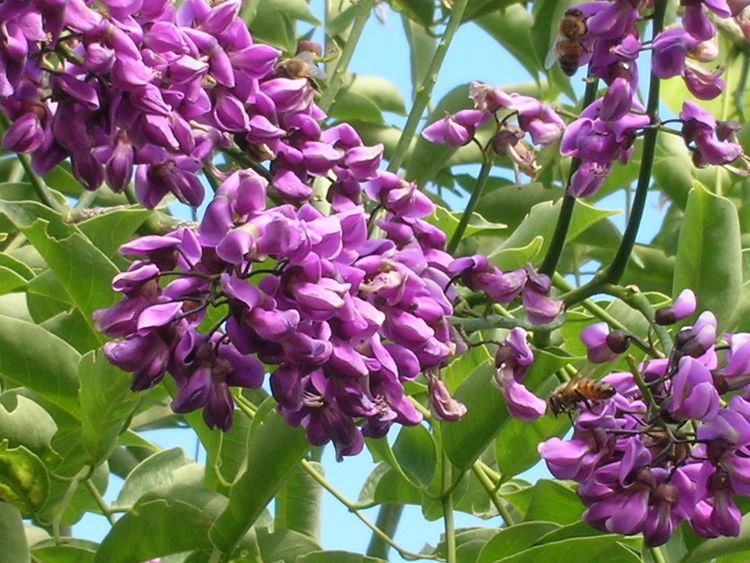Higher classification Faboideae | Subfamily Faboideae Scientific name Lonchocarpus | |
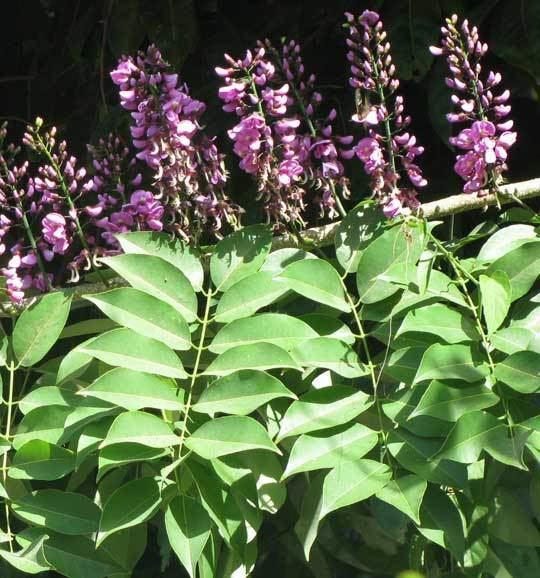 | ||
Lower classifications Lonchocarpus urucu, Lonchocarpus laxiflorus, Lonchocarpus utilis, Lonchocarpus phaseolifolius, Lonchocarpus sanctuarii | ||
Lonchocarpus violaceus lilac tree
Lonchocarpus is a plant genus in the legume family (Fabaceae). The species are called lancepods due to their fruit resembling an ornate lance tip or a few beads on a string.
Contents
- Lonchocarpus violaceus lilac tree
- El sue o de morfeo contigo hasta el final eurovisi n 2013 videoclip oficial
- Selected species
- References
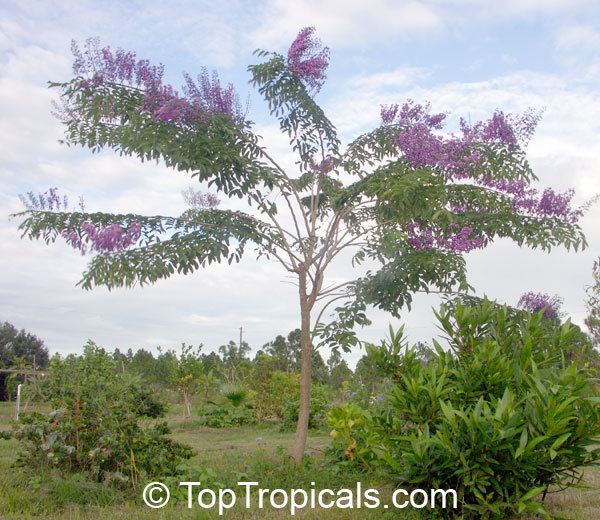
Cubé resin is produced from the roots of L. urucu and namely ''L. utilis (cubé). It contains enough of the toxic rotenoids rotenone and deguelin to be used as an insecticide and piscicide. As these are naturally occurring compounds, they were formerly used in organic farming. Since it is highly unselective and kills useful, as well as pest, animals, it is considered harmful to the environment today. Also, chronic exposure to rotenone and deguelin seems to increase the risk of Parkinson's disease even in mammals, for which these compounds are less acutely toxic than for fish and insects. On the other hand, deguelin might be useful in cancer therapy if it can be applied directly into tumors, and Lonchocarpus root is used to a probably insignificant extent by indigenous peoples as an aid in fishing, e.g. by the Nukak who call it nuún.

The bark of L. violaceus (balché tree) is traditionally used by the Yukatek Maya version of the mildly intoxicating mead, balché, which was held in the highest esteem in antiquity and considered sacred to the god of intoxication. It is still drunk today and was, after the Spanish conquest of Yucatán, considered a less harmful alternative to the alcoholic beverages imported by the Europeans. It is not quite clear if roots were also used to produce balché, and to what extent toxic isoflavones are also present in L. violaceus. The potency of balché may be increased by using honey produced from L. violaceus nectar gathered by the Maya's traditional stingless bees.
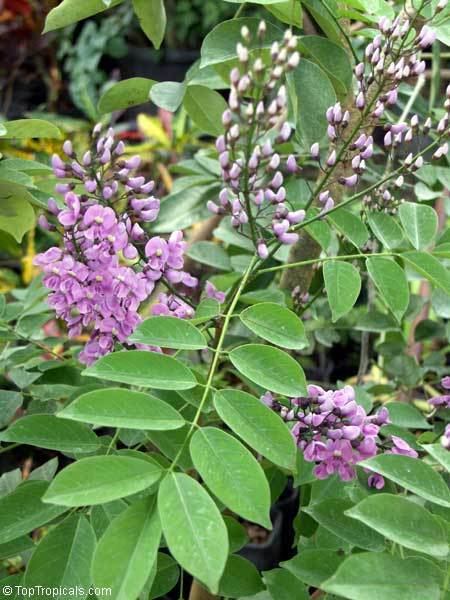
Some insects have evolved the ability to deal with Lonchocarpus toxins and feed on these plants. They include a possible new taxon in the two-barred flasher (Astraptes fulgerator) cryptic species complex which seems to have acquired this ability only quite recently and is found at least on L. costaricensis and L. oliganthus.
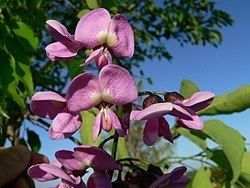
El sue o de morfeo contigo hasta el final eurovisi n 2013 videoclip oficial
Selected species

